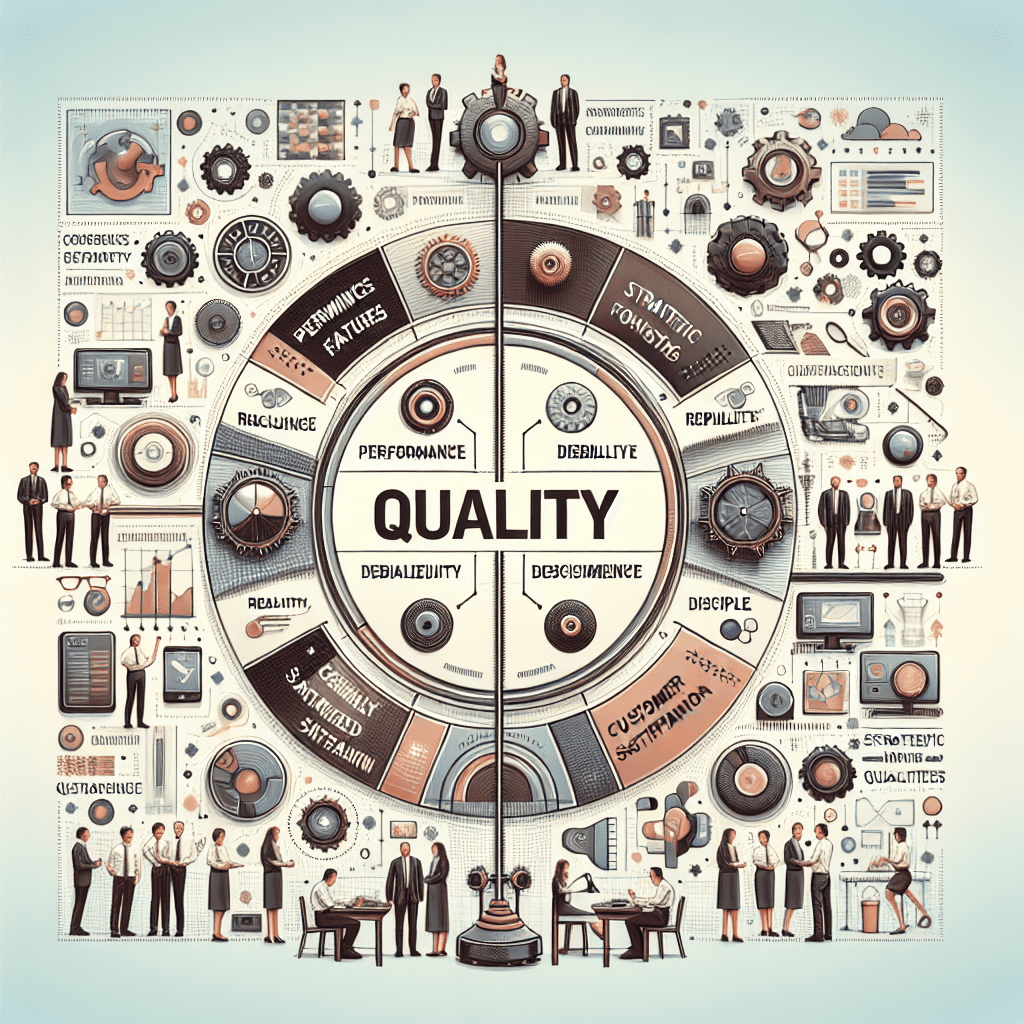
The Art of Balancing Quality: Understanding the Eight Disciplines

Quality Isn’t Just One Thing: It’s a Balance of Multiple Disciplines
Quality is a word that gets thrown around a lot, isn’t it? When most folks hear “quality”, they picture a flawless product or service. But let’s be honest, the reality is much more intricate. Quality isn’t just one thing; it’s a harmonious blend of various skills and disciplines. It requires our attention in ways we often overlook.
At City Skills, we’ve learnt that truly understanding quality means diving deep into its many facets. It’s about much more than how well something works. Quality encompasses consistency, longevity, and performance under pressure. Most importantly, it’s about meeting—and often exceeding—our customers’ expectations.
The 8 Disciplines of Quality
Let’s break it down into what I like to call the Eight Disciplines of Quality:
- Performance: Does it do its job effectively?
- Features: What extra capabilities does it bring to the table?
- Reliability: How consistently does it perform over time?
- Conformance: Does it align with the required specifications?
- Durability: How long can we count on it under typical usage?
- Serviceability: How easy is it to maintain when things go wrong?
- Aesthetics: How does it look and feel?
- Perceived Quality: What impression does it leave with the customer?
These eight disciplines are interconnected. Focusing on just one or two often leads to disappointment. You can’t become a quality champion by checking a box. Instead, you need to look for balance across all these areas.
Leadership: The Art of Balance
As leaders, we face the challenge of not merely chasing every quality parameter. It’s tempting, isn’t it? But the real art lies in thoughtfully selecting which combinations align best with our customers’ needs and the positioning of our brand in the market.
Excellence requires deliberate choices and consistent commitment across these eight disciplines. For instance, consider how a brand like Apple balances aesthetics and performance. They don’t just excel in making gadgets; they craft experiences. Their eye for design is matched only by the reliability that users expect with every iPhone.
What we need to recognise is that quality is not a checkbox; it’s a careful orchestration of multiple elements, each one vital to the bigger picture. When I think back to launching Virgin Atlantic, we didn’t just focus on having the best planes or the cheapest flights. We blended comfort, service, and reliability in a way that made flying a joyful experience. That’s quality—thoughtful and strategic.
What Quality Disciplines Are You Prioritising?
It’s time to reflect. What quality disciplines are you prioritising in your organisation? Are you choosing to focus on performance at the expense of aesthetics? Or perhaps you’re so caught up in features that you overlook reliability? Each choice has its consequences, and the roadmap to quality excellence is rarely straightforward.
As you dive into these considerations, remember that quality is always a journey. Each step you take towards understanding and balancing these disciplines shapes your customer’s experience and your brand’s legacy.
So grab a cup of coffee and have a chat with your team about the eight disciplines of quality. You might just discover new insights that could transform your approach. Ultimately, quality isn’t something we achieve; it’s something we nurture—a continuous balancing act between expectation and delivery.
Let’s chat—what’s one quality discipline you think your organisation could improve on? You might uncover the key to elevating your overall quality and, in turn, your customer satisfaction.
#CitySkills #QualityExcellence #Leadership





